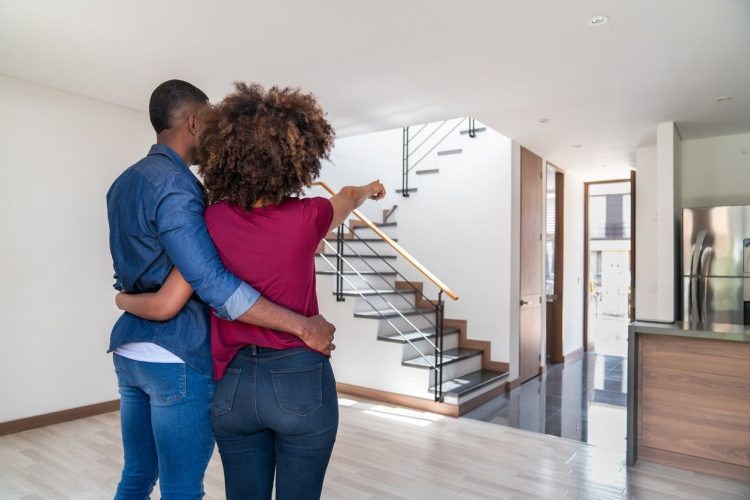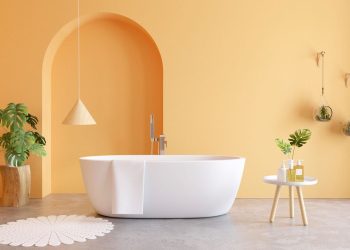In the luxury real estate market, perfection can be an illusion. High-end homes are meticulously staged to evoke emotion, showcase potential and sell quickly. However, it’s essential to look beyond the surface styling to evaluate the underlying craftsmanship. Here’s how to distinguish between staged perfection and genuine quality, along with insider tips for savvy home shopping.
Study the bones
Staging can distract from a home’s structural flaws. A well-placed rug can help conceal warped flooring. Or, oversized furniture can disguise awkward room dimensions. Many real estate firms have access to AI tools or rendering software to help you visualize what the space will look like without the existing staging or furniture. You can rely on these tools to view the home and its craftsmanship without staging and with your items in place.
Features to notice:
- Proportions: Are the rooms well-scaled or well-furnished?
- Floorplan flow: Does the home function for daily living or is it just picture-perfect?
- Architectural details: Do moldings, ceiling treatments and built-ins feel original and intentional?
Feel the materials
Premium finishes should feel as good as they look. Real stone, solid hardwood and bespoke cabinetry have a weight and texture that can’t be mistaken. Faux finishes and inexpensive veneers may look impressive, but they lack longevity. Authentic materials wear beautifully over time.
Features to notice:
- Open the cabinet doors and drawers and check if they close easily and are well-aligned.
- Feel surfaces. Is the marble cool and seamless, or is it thin and prone to chipping?
- Check the interior doors. Solid wood doors are heavier and more soundproof than hollow ones.
Examine the craftsmanship details
Expert craftsmanship is evident in every detail. Take time to inspect areas where precision matters most closely. As you inspect these details, look for consistency. True craftsmanship doesn’t cut corners.
Features to notice:
- Trim and millwork: Are joints tight and paint crisp?
- Tilework: Are grout lines even and transitions smooth?
- Light switch alignment: Are fixtures straight and consistently placed throughout the space?
Focus on the function and ignore the decor
A beautifully staged home may feel inviting, but how does it perform on a day-to-day basis? Function is a hallmark of good design. If the house is all style with no practicality, it may have been flipped, not custom-crafted.
Features to notice:
- Are there sufficient storage solutions, such as walk-in closets and linen cabinets?
- Are outlets placed for function (near beds, vanities and desks)?
- Is there a mudroom or family entryway? This is essential for a high-functioning household.
Find out what’s behind the walls
The most significant difference between staged and solid is in the systems. These systems include the plumbing, HVAC, electrical, insulation and drainage. These critical home components may not be visible in listing photos, but they define the quality of living. Bring a contractor or inspector with experience in high-end homes to home showings. They can spot what even the savviest buyer might miss.
Features to notice:
- Service logs or receipts for major systems
- Inspection reports detailing foundation, roof and moisture control
- Age and specs of HVAC, water heater and electrical panel
In luxury real estate, staging is a marketing tool. Craftsmanship is an investment. The best homes offer both beauty and integrity, delivering both a strong first impression and lasting comfort and quality. When you view your next potential dream home, admire the artful throws and glam chandelier, but also test the drawers and study the baseboards.











